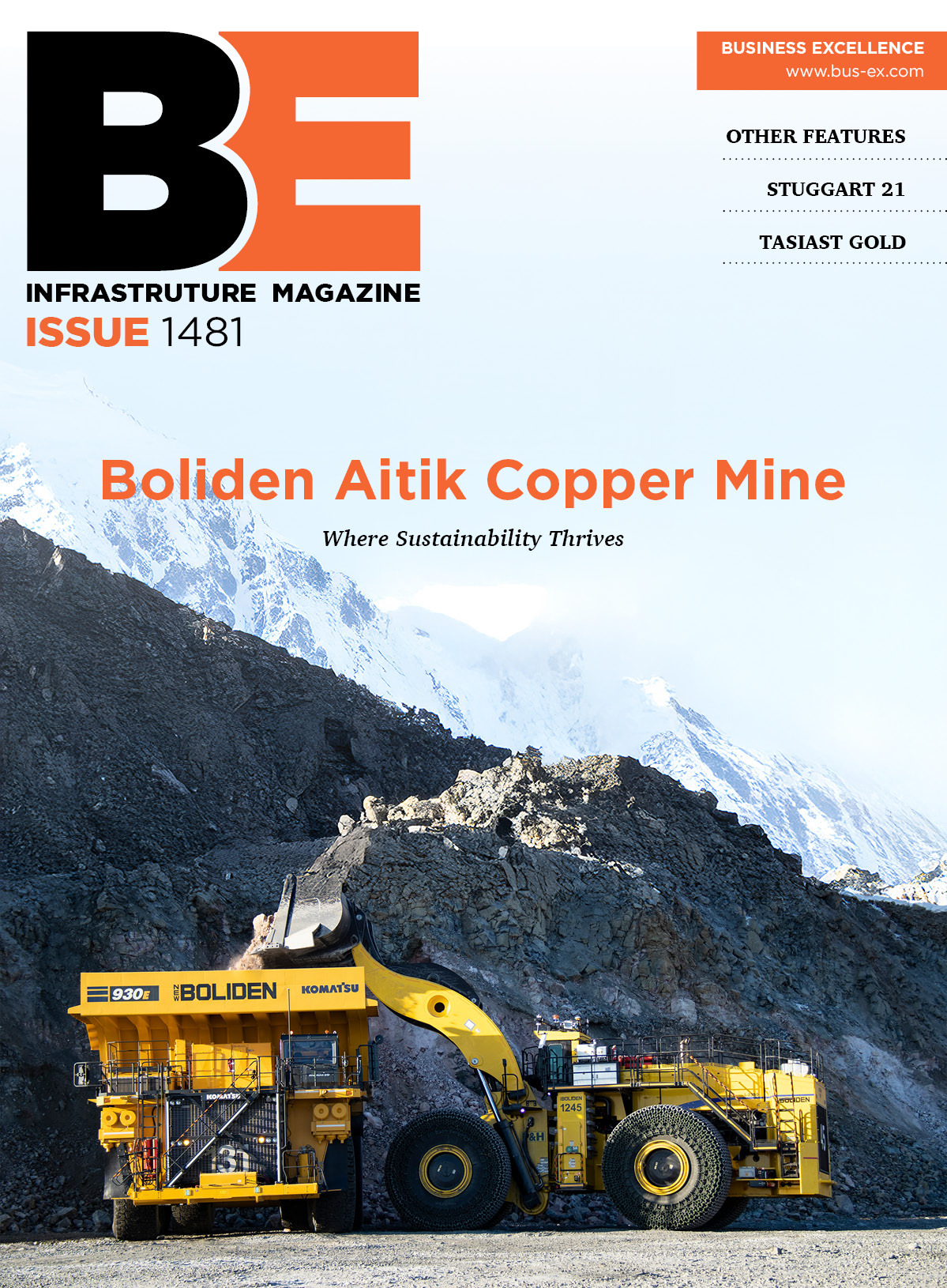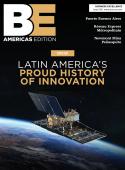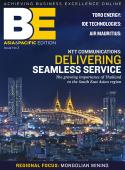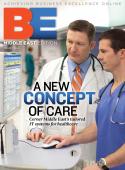Blue sky┬áengineering┬áThe longevity and expertise of Orenda Aerospace have helped it adapt to many changes in the industry, as Andrew Pelis reports. The Orenda name has been a byword for engine excellence within the aerospace industry for over 60 years. The combination of an illustrious history and a smart investment strategy have paved the way for exciting growth in the years ahead.┬áÔÇ£Orenda was originally the engine division of aircraft manufacturer A.V. Roe [Avro],ÔÇØ states Peter Jackson, vice president and general manager at the Mississauga, Ontario, site. ÔÇ£We initially designed and built some of the early gas turbines in the 1940s and ÔÇÖ50s. Magellan Aerospace formed in the 1990s and acquired Orenda in 1997.ÔÇØMagellan is renowned as a pioneer in the production and support of complex welded fabricated components, power plants and industrial gas turbine packages, so the acquisition of Orenda was a natural progression. Orenda itself has manufactured more than 5,000 complete gas turbine engines and has also produced compressor disks, nozzles, turbine wheels, drive shafts, torque rings, combustion liners and casings for other engine builders.Today, roughly 80 percent of OrendaÔÇÖs production is defense-related, with the organization manufacturing engine components for various jet engines on behalf of Rolls-Royce, General Electric and Honeywell. Additionally, there is a focus on the repair and overhaul of engines not only for the Canadian Air ForceÔÇÖs fleet of F-18 fighters but for aircraft across the globe. In his ten years with Orenda, Jackson has seen a number of significant changes. ÔÇ£We have seen significant rationalization and a much more competitive environment with the emergence of China, India and Mexico as lower-cost supplier bases. We have had to adapt to that, and in some commercial areas weÔÇÖve even lost business. ÔÇ£More recently,ÔÇØ he continues, ÔÇ£we have had to adapt to the big swing in exchange rates. We have consequently seen more emphasis on the location of suppliers globally, and the fluctuations in currency have created a move from traditional suppliers to Europeans. There has been significant movement in the commercial sector to the lower-cost countries, but in the defense sector there has been more movement toward North America.ÔÇØDealing with the competitive present delivers its own challenges. However, its rich past is something that still differentiates Orenda from the new players. ÔÇ£We try to move our business to areas where we have a niche. We aim to be one of the biggest players in specialty areas. We may not be the cheapest around, but for specific technologies we can find areas and fix things that others canÔÇÖt,ÔÇØ assures Jackson.ÔÇ£One of our primary areas of repair and overhaul work is with legacy engines designed in the 1950s and ÔÇÖ60s. A lot of aerospace companies around the world still use these engines, and with our unique knowledge weÔÇÖre able to ensure they are repaired and overhauled to high standards.ÔÇØ As one would expect, a company with such longevity and expertise within the aerospace sector trades not only on its name but on its attention to qualityÔÇöa focus that channels down to OrendaÔÇÖs supply chain. ÔÇ£Tolerance and quality requirements are extremely high within the aerospace industry,ÔÇØ confirms Jackson. ÔÇ£WeÔÇÖre responsible for managing our supply chain,ÔÇØ he continues, ÔÇ£and in the last few years weÔÇÖve tried to identify core activities and things that others canÔÇÖt do and that give us a competitive advantage. As a direct supplier to the OEMs, we have to meet many quality requirements for our customers. WeÔÇÖve built our supply base on people we have learned we can rely on in areas such as non-core machining. From a quality perspective, we manage their supply and quality systems and audit them to make sure they meet all the criteria required.ÔÇØDespite low production runs, Orenda has tried to adapt lean principles where possible, working closely with the unions to alleviate fears of cutbacks. As Jackson explains, ÔÇ£WeÔÇÖre a union shop, and there was some apprehension about these programs. We recently forged an unprecedented six-year labor agreement with the two unions here. It was a matter of convincing them that if we do the right things, we win more business and can offer more job security.ÔÇØAs a result of the companyÔÇÖs efforts, staff members are now contributing ideas on how to improve efficiency at the shop-floor level, and the effects of a 5S program are visible to everyone. Jackson predicts that in five short years the company may have reduced costs by as much as 30 percent. Innovation and reputation are perhaps two of the key reasons why Orenda won its contract to work on the Joint Strike Fighter (JSF) program in 2008. This exciting project to work on the front frame of the engine for Rolls-Royce is estimated to be worth approximately $30 million. ÔÇ£We have some major investments planned for the JSF program during 2012 and 2013, while we continue to also build our business on the repair and overhaul of GEÔÇÖs J85 engine. The specialty area of complex fabrication is another area we can further develop,ÔÇØ asserts Jackson.There are two additional developments likely to further strengthen OrendaÔÇÖs future: investment in engines and a predictive maintenance database on engine components. ÔÇ£Within the industry thereÔÇÖs a growing trend for suppliers to invest in engines. For example, a supplier may invest in an engine blade, manufacture that blade for the whole life of that program, and receive a percentage for any sale of that engine. Because of the capital-intensive nature of aerospace, many of these programs run for up to 30 years, and we have now invested in a couple of schemes to ensure us of long-term commitment to specific parts,ÔÇØ Jackson explains.The development of a predictive maintenance database for the Canadian military is also being rolled out to companies around the world now. The database predicts engine life components, which of course improves safety and can reduce costs. Jackson predicts a bright future for Orenda, as it continues to deliver its unique brand of engineering expertise. ÔÇ£WeÔÇÖll continue to focus on those areas and targeting a bigger market share. We have negotiated long-term agreements with many of our customers to ensure steady business levels for the long term and are well placed to leverage new opportunities.ÔÇØ ÔÇô Editorial research by Jason Moore┬á









